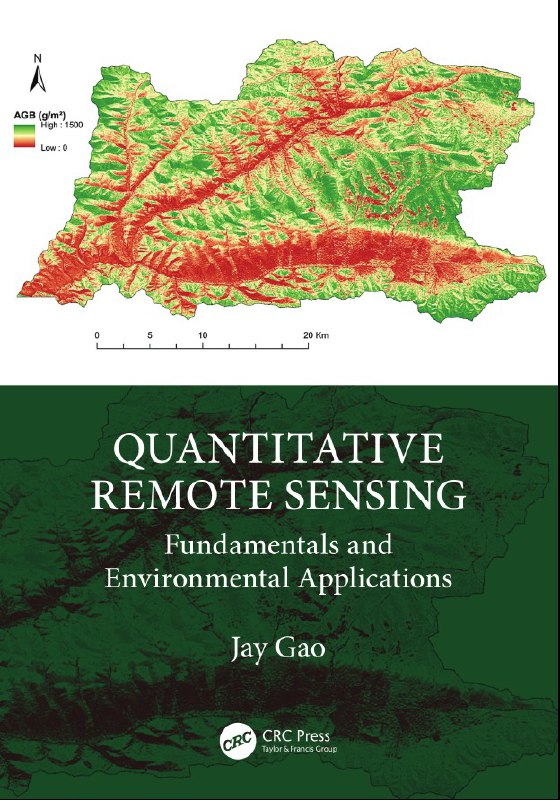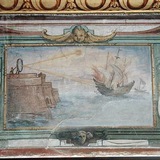tgoop.com/IngeniumNotes/1872
Last Update:
Gao J. Quantitative Remote Sensing: Fundamentals and Environmental Applications. CRC Press, 2024
Книга посвящена измерениям параметров окружающей среды при помощи дистанционного зондирования в наземных, биосферных, гидросферных и атмосферных исследованиях. Приведено множество примеров реальных расчетов, показывающих как количественная информация об объекте исследования может быть получена тем или иным методом дистанционного зондирования.
Краткое содержание:
PART I FUNDAMENTALS
1 Introduction
1.1 Quantitative Remote Sensing
1.2 Field Data Collection
1.3 Common Predictor Variables
1.4 Accuracy of Quantified Results
1.5 Challenges Facing Quantification
2 Sensing Platforms and Data
2.1 Sensing Platforms
2.2 Earth Observation Satellite Data
2.3 Atmospheric Satellite Data
2.4 Meteorological and Oceanographic Satellites
2.5 Hyperspectral Data
2.6 Active Sensing Data
3 Radiometric Correction
3.1 Radiation Interactions
3.2 Physical Models of Correction
3.3 Semi-Analytical Methods
3.4 Image-Based Methods
3.5 Correction Over Complex Waters
3.6 Computing Platforms
3.7 Comparative Assessment
3.8 Topographic Correction
4 Analytical Methods
4.1 Non-Parametric Methods
4.2 Non-Linear Non-Parametric Methods
4.3 Kernel-Based Methods
4.4 Miscellaneous Methods
PART II ENVIRONMENTAL APPLICATIONS
5 Quantification in the Terrestrial Sphere
5.1 Surface Physical Parameters
5.2 Soil Biochemical Qualities
5.3 Debris Thickness and Volume
5.4 Surface Movement
6 Quantification in the Biosphere
6.1 Vegetation Spectral Behavior and Indices
6.2 Physical and Semi-Physical Models
6.3 Biophysical Variables
6.4 Leaf Area Index
6.5 Chlorophyll Content
6.6 Bio-Quality Variables
6.7 Aboveground Biomass (Carbon)
6.8 Crop Yield Estimation
6.9 Wild Fire Parameters
7 Quantification in the Hydrosphere
7.1 Fundamentals
7.2 Water Clarity and Bathymetry
7.3 Water Surface Features
7.4 In-Water Inorganic Parameters
7.5 In-Water Biochemical Constituents
8 Atmospheric Quantification
8.1 Principle of Quantification
8.2 Useful Satellite Data
8.3 Meteorological Parameters
8.4 Atmospheric Impurities
8.5 Solid Particulates
8.6 Gaseous Components
#книга
BY Заметки инженера - исследователя

Share with your friend now:
tgoop.com/IngeniumNotes/1872
